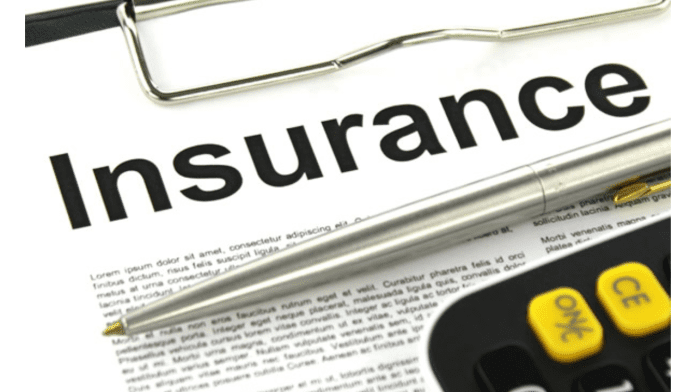BY FESTUS OKOROMADU
The total value of insurance payment received by insurance companies in Nigeria, technically referred to as gross premium income in the fourth quarter (Q4) of 2022 stood at N726.2 billion.
The figure represents 36.3 percent growth quarter on quarter (Q-o-Q) and 17.8 percent year on year (Y-o-Y).
This was contained in the latest quarterly report of the National Insurance Commission released at the weekend. The Commission attributed the growth to consistent regulatory measures employed to sanitise operators’ activities.
As usual, non-Life business dominates activities in the industry, contributing 57.4 percent of gross revenue as against Life business share of 42.6 percent.
In-depth analysis of the non-Life segment of the market shows that the Oil & Gas business sustained its market share dominance at 30.25 percent, increasing by 2.4 percent compared to the previous quarter.
Fire Insurance came second with 22.2 percent contribution to the gross premium pool of the market while Motor Insurance recorded 14.9 percent. Others are Marine & Aviation 12.2 percent, General Accident 11.1 percent and Miscellaneous 9.5 percent.
The average premium retention ratio for the industry for the period under review stood at 71.3 percent, with the Life business retaining 93.3 percent, a little less than 93.8 percent reported in Q3 2022.
In the Non-Life segment, Motor Insurance continued its lead as the highest retaining portfolio with a retention ratio of 93.5 percent, a point higher than its standing in the prior quarter. Oil & Gas recorded the least 35.9 percent.
In terms of Insurance claims put forward during the period, the figure stood at N318.2 billion, representing 31.2 percent quarter on quarter growth. The improvement in claims demand was attributed to increasing awareness, market expansion as well as consumer’s confidence.
However, the net claim paid during the period was N244.3billion, representing 17.9 percent increase Q-o-Q. Insights into the Non-life segment shows that Motor Insurance led with regards to claims settlement vis a vis gross claims reported 92.3 percent signifying a nine points improvement as against its prior position.
Fire Insurance was the least at 46.3 percent, the only class below average proportion.
All other portfolios of General Accident Insurance 80.7 percent, Oil & Gas 51.6 percent, Marine & Aviation 74.4 percent, and miscellaneous Insurances 86.1 percent recorded a proportion above the average, of paid claims against gross claims reported. Life Insurance business on the other hand reported 94.6 percent.
Reviewing the sector’s performance during the period, NAICOM said, “The market recorded 47.2% net loss ratio during the period under review, suggestive of a workable, cost effective and profitable business in the industry. This is mostly attributable to the Life business sustaining its positive course at 46.5 percent net loss ratio in the current period while the Non-Life portfolio recorded about 48.1 percent during the same period.
“Comparatively, the market recorded an aggregate market average of 54.5 percent of net loss ratio in the previous period, hence depictive of an improved aggregate market desirability and profitability during the current period. Six companies with net loss ratios above 100 per cent were majorly responsible for the average industry loss registered for the period.”
However, the market size continues to grow as total assets of the Insurance industry stood at about N2.33 trillion in Q4, indicating 2.4 percent growth Q-o-Q and 4.4 percent Y-o-Y. Although this is relatively at a lower momentum compared to the prior period when the progression rate was recorded at about 9 percent Y-o-Y, it is attributable to the wave of recapitalization drive recorded in that period.
Nevertheless, NAICOM is confident of the industry stressing that the outlook of the market growth in terms of assets remains positive.
The report said, “With the increasing measures of market deepening and development, recapitalization drive still ongoing, regulatory Insurance laws and provisions enshrined in the Insurance bill, being reviewed and, digitization of the supervisory wide processes would lead to the realization of the vast potentials in the insurance industry.”

